Matter and Its Interactions

Educators and Parents, Sign Up for The Cheat Sheet
Weekly updates to help you use Science News Explores in the learning environment
Thank you for signing up!
There was a problem signing you up.
-
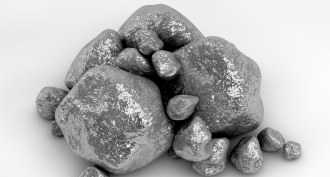 Chemistry
ChemistryExplainer: What is a catalyst?
Catalysts are used in manufacturing and many technologies. They’re also found in living things. They help chemical reactions move along.
-
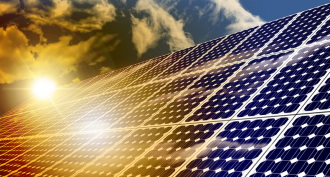 Physics
PhysicsHow to chill an object by sending its heat into space
Researchers have designed a device that can cool an object by radiating its energy into outer space. Think of it as a solar panel in reverse.
By Sid Perkins -
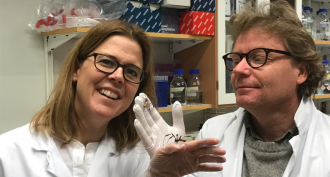 Tech
TechHow to spin synthetic spider silk
A new method for spinning artificial spider silk combines parts of proteins from two species and mimics what happens in a spider’s silk-forming gland.
-
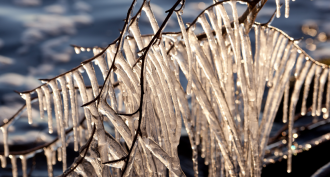 Chemistry
ChemistryHere’s how hot water might freeze faster than cold
There’s a new explanation for how hot water freezes faster than cold water. But not everyone agrees it’s right, or that the effect can happen at all.
-
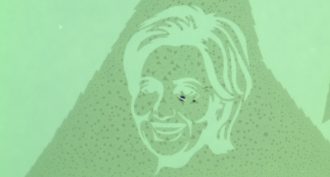 Computing
ComputingHow to build computer chips only 3 atoms thick
Scientists have engineered an ultrathin material only three atoms thick. The material could be used to make extremely slender computer chips.
-
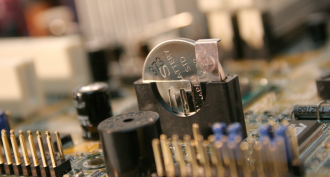 Physics
PhysicsExplainer: How batteries and capacitors differ
Both batteries and capacitors can power electronic devices. Each, however, has different properties which may provide benefits — or limitations.
By Sid Perkins -
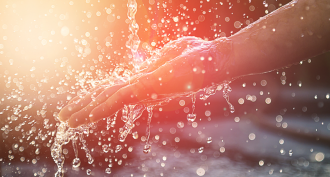 Computing
ComputingLEDs offer new way to kill germs in water
Growing ultraviolet-light-emitting diodes on thin, flexible sheets of metal holds promise for water disinfection and other applications.
By Sid Perkins -
 Physics
PhysicsWeird physics warps nearby star’s light
Scientists have observed a bizarre effect of quantum physics in light coming from a nearby neutron star.
-
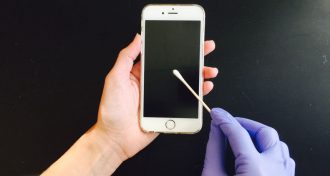 Tech
TechFingers leave tell-tale clues about you on your phone
Analyzing chemicals on a cell phone tells researchers what the caller had been up to. That includes recent meals and where they'd been.
-
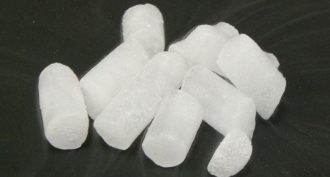 Chemistry
ChemistryScientists Say: Sublimation
Matter doesn’t always go from solid to liquid to gas. Sometimes it skips a step.
-
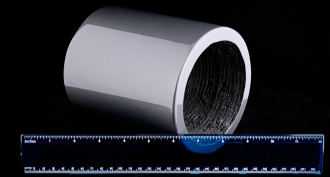 Materials Science
Materials Science3-D printers offer better way to make some magnets
3-D printers produced magnets as strong as conventional ones with less material wasted.
-
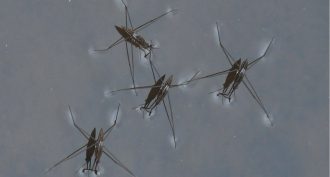 Chemistry
ChemistryScientists Say: Surface tension
Surface tension is what makes water in your glass seem like it’s covered by an invisible membrane holding it together.